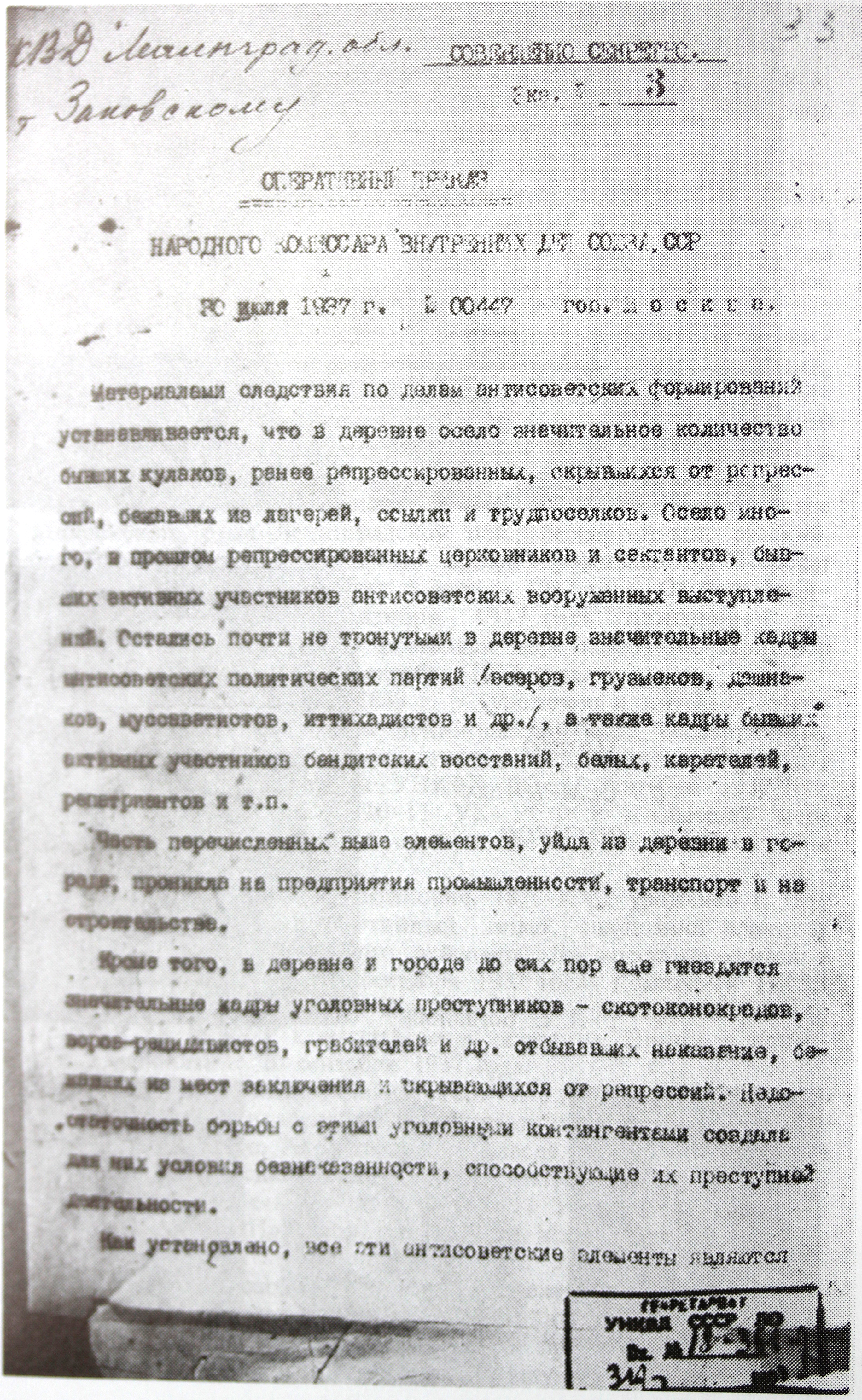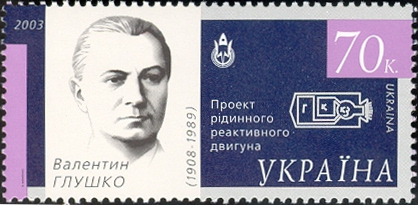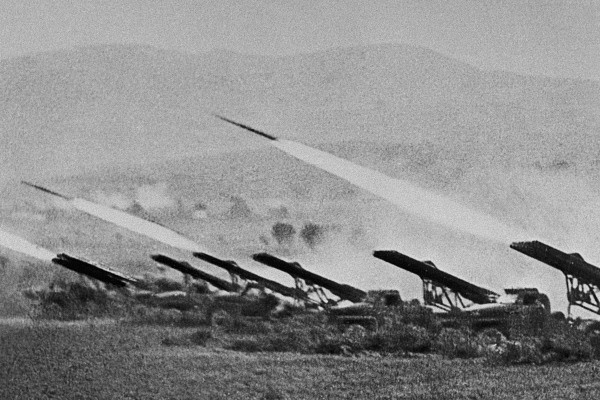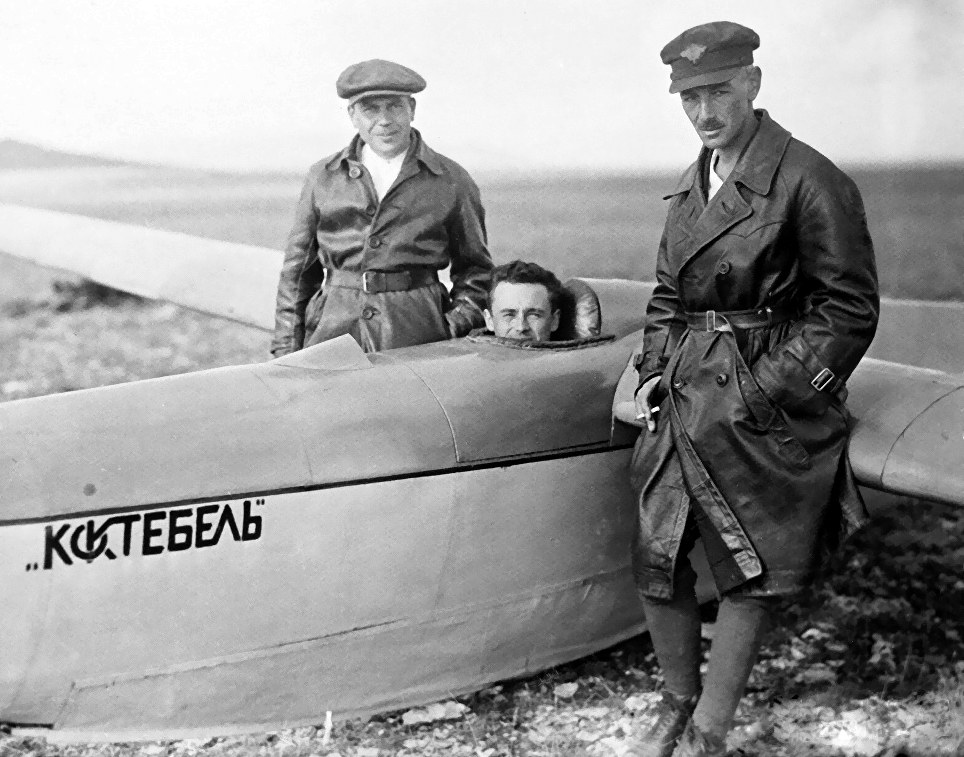|
German Influence On The Soviet Space Program
During World War II, Nazi Germany developed rocket technology that was more advanced than that of the Allies of World War II, Allies and a race commenced between the Soviet Union and the United States to capture and exploit the technology. Soviet rocket specialists were sent to Germany in 1945 to obtain V-2 rockets and worked with German specialists in Germany and later in the Soviet Union to understand and replicate the rocket technology. The involvement of German scientists and engineers was an essential catalyst to early Soviet efforts. In 1945 and 1946 the use of German expertise was invaluable in reducing the time needed to master the intricacies of the V-2 rocket, establishing production of the R-1 rocket and enabling a base for further developments. However, after 1947 the Soviets made very little use of German specialists and their influence on future Soviet rocketry was marginal. Background During WWII Nazi Germany developed the world's first long range Liquid-propellant ... [...More Info...] [...Related Items...] OR: [Wikipedia] [Google] [Baidu] |
World War II
World War II or the Second World War (1 September 1939 – 2 September 1945) was a World war, global conflict between two coalitions: the Allies of World War II, Allies and the Axis powers. World War II by country, Nearly all of the world's countries participated, with many nations mobilising all resources in pursuit of total war. Tanks in World War II, Tanks and Air warfare of World War II, aircraft played major roles, enabling the strategic bombing of cities and delivery of the Atomic bombings of Hiroshima and Nagasaki, first and only nuclear weapons ever used in war. World War II is the List of wars by death toll, deadliest conflict in history, causing World War II casualties, the death of 70 to 85 million people, more than half of whom were civilians. Millions died in genocides, including the Holocaust, and by massacres, starvation, and disease. After the Allied victory, Allied-occupied Germany, Germany, Allied-occupied Austria, Austria, Occupation of Japan, Japan, a ... [...More Info...] [...Related Items...] OR: [Wikipedia] [Google] [Baidu] |
World War II Reparations
After World War II, both the Federal Republic and Democratic Republic of Germany were obliged to pay war reparations to the Allied governments, according to the Potsdam Conference. Other Axis nations were obliged to pay war reparations according to the Paris Peace Treaties, 1947. Austria was not included in any of these treaties. Payments According to the Yalta Conference, no reparations to Allied countries would be paid in money (though that rule was not followed in later agreements). Instead, much of the value transferred consisted of German industrial assets as well as forced labour to the Allies. The Allied demands were further outlined during the Potsdam Conference. Reparations were to be directly paid to the four victor powers (France, United Kingdom, United States, and the Soviet Union); for the countries in the Soviet sphere of influence, the Soviet Union would determine its distribution. To coordinate the distribution of the reparations between the victor powers, ... [...More Info...] [...Related Items...] OR: [Wikipedia] [Google] [Baidu] |
Stalin
Joseph Vissarionovich Stalin (born Dzhugashvili; 5 March 1953) was a Soviet politician and revolutionary who led the Soviet Union from 1924 until Death and state funeral of Joseph Stalin, his death in 1953. He held power as General Secretary of the Communist Party of the Soviet Union, General Secretary of the Communist Party from 1922 to 1952 and as the fourth Premier of the Soviet Union, premier from 1941 until his death. He initially governed as part of a Collective leadership in the Soviet Union, collective leadership, but Joseph Stalin's rise to power, consolidated power to become an absolute dictator by the 1930s. Stalin codified the party's official interpretation of Marxism as Marxism–Leninism, while the totalitarian political system he created is known as Stalinism. Born into a poor Georgian family in Gori, Georgia, Gori, Russian Empire, Stalin attended the Tiflis Theological Seminary before joining the Marxist Russian Social Democratic Labour Party. He raised f ... [...More Info...] [...Related Items...] OR: [Wikipedia] [Google] [Baidu] |
Gulag
The Gulag was a system of Labor camp, forced labor camps in the Soviet Union. The word ''Gulag'' originally referred only to the division of the Chronology of Soviet secret police agencies, Soviet secret police that was in charge of running the forced labor camps from the 1930s to the early 1950s during Joseph Stalin's rule, but in English literature the term is popularly used for the system of forced labor throughout the Soviet era. The abbreviation GULAG (ГУЛАГ) stands for "Гла́вное управле́ние исправи́тельно-трудовы́х лагере́й" (Main Directorate of Correctional Labour Camps), but the full official name of the agency #Etymology, changed several times. The Gulag is recognized as a major instrument of political repression in the Soviet Union. The camps housed both ordinary criminals and political prisoners, a large number of whom were convicted by simplified procedures, such as NKVD troikas or other instruments of extra ... [...More Info...] [...Related Items...] OR: [Wikipedia] [Google] [Baidu] |
Great Purge
The Great Purge, or the Great Terror (), also known as the Year of '37 () and the Yezhovshchina ( , ), was a political purge in the Soviet Union that took place from 1936 to 1938. After the Assassination of Sergei Kirov, assassination of Sergei Kirov by Leonid Nikolaev in 1934, Joseph Stalin launched a series of show trials known as the Moscow trials to remove suspected party dissenters from the Communist Party of the Soviet Union, especially those aligned with the Bolsheviks, Bolshevik party. The term "great purge" was popularized by the historian Robert Conquest in his 1968 book ''The Great Terror (book), The Great Terror'', whose title was an allusion to the French Revolution's Reign of Terror. The purges were largely conducted by the NKVD (People's Commissariat for Internal Affairs), which functioned as the Ministry of home affairs, interior ministry and secret police of the USSR. Starting in 1936, the NKVD under chief Genrikh Yagoda began the removal of the central pa ... [...More Info...] [...Related Items...] OR: [Wikipedia] [Google] [Baidu] |
Fuel Injector
Fuel injection is the introduction of fuel in an internal combustion engine, most commonly automotive engines, by the means of a fuel injector. This article focuses on fuel injection in reciprocating piston and Wankel rotary engines. All compression-ignition engines (e.g. diesel engines), and many spark-ignition engines (i.e. petrol (gasoline) engines, such as Otto or Wankel), use fuel injection of one kind or another. Mass-produced diesel engines for passenger cars (such as the Mercedes-Benz OM 138) became available in the late 1930s and early 1940s, being the first fuel-injected engines for passenger car use. In passenger car petrol engines, fuel injection was introduced in the early 1950s and gradually gained prevalence until it had largely replaced carburetors by the early 1990s. The primary difference between carburetion and fuel injection is that fuel injection atomizes the fuel through a small nozzle under high pressure, while carburetion relies on suction created ... [...More Info...] [...Related Items...] OR: [Wikipedia] [Google] [Baidu] |
Hypergolic Propellant
A hypergolic propellant is a rocket propellant combination used in a rocket engine, whose components spontaneously ignite when they come into contact with each other. The two propellant components usually consist of a fuel and an oxidizer. The main advantages of hypergolic propellants are that they can be stored as liquids at room temperature and that engines which are powered by them are easy to ignite reliably and repeatedly. Common hypergolic propellants are extremely toxic or corrosive, making them difficult to handle. In contemporary usage, the terms "hypergol" and "hypergolic propellant" usually mean the most common such propellant combination: dinitrogen tetroxide plus hydrazine. History The fact that turpentine may spontaneously combust when mixed with nitric acid was discovered as early as the late 17th century by Frederick Slare, but it remained a scientific curiosity for centuries until it was proposed to use it for rocket-assisted take off during WWII. In 1935 ... [...More Info...] [...Related Items...] OR: [Wikipedia] [Google] [Baidu] |
Regenerative Cooling (rocket)
In rocket engine design, regenerative cooling is a configuration in which some or all of the propellant is passed through tubes, channels, or in a jacket around the combustion chamber or nozzle to cool the engine. This is effective because the propellants are often cryogenic. The heated propellant is then fed into a special gas-generator or injected directly into the main combustion chamber. History In 1857 Carl Wilhelm Siemens introduced the concept of regenerative cooling. On 10 May 1898, James Dewar used regenerative cooling to become the first to statically liquefy hydrogen. The concept of regenerative cooling was also mentioned in 1903 in an article by Konstantin Tsiolkovsky. Robert Goddard built the first regeneratively cooled engine in 1923, but rejected the scheme as too complex. A regeneratively cooled engine was built by the Italian researcher, Gaetano Arturo Crocco in 1930. The first Soviet engines to employ the technique were Fridrikh Tsander's OR-2 tested i ... [...More Info...] [...Related Items...] OR: [Wikipedia] [Google] [Baidu] |
Valentin Glushko
Valentin Petrovich Glushko (; ; born 2 September 1908 – 10 January 1989) was a Soviet engineer who was program manager of the Soviet space program from 1974 until 1989. Glushko served as a main designer of rocket engines in the Soviet program during the heights of the Space Race between United States and the Soviet Union, and was the proponent of cybernetics within the space program. Biography Valentin Glushko was born on 2 September 1908 (21 August according to the old calendar) in Odesa to a Ukrainian cossack father and a Russian peasant mother. At the age of fourteen he became interested in aeronautics after reading novels by Jules Verne. He is known to have written a letter to Konstantin Tsiolkovsky in 1923. He studied at an Odessa trade school, where he learned to be a sheet metal worker. After graduation he apprenticed at a hydraulics fitting plant. He was first trained as a fitter, then moved to lathe operator. During his time in Odessa, Glushko performed experiment ... [...More Info...] [...Related Items...] OR: [Wikipedia] [Google] [Baidu] |
Katyusha Rocket Launcher
The Katyusha ( rus, Катю́ша, p=kɐˈtʲuʂə, a=Ru-Катюша.ogg) is a type of rocket artillery first built and fielded by the Soviet Union in World War II. Multiple rocket launchers such as these deliver explosives to a target area more intensively than conventional artillery, but with lower accuracy and requiring a longer time to reload. They are fragile compared to artillery guns, but are cheap, easy to produce, and usable on almost any chassis. The Katyushas of World War II, the first self-propelled artillery mass-produced by the Soviet Union,Zaloga, p. 150. were usually mounted on ordinary trucks. This mobility gave the Katyusha, and other self-propelled artillery, another advantage: being able to deliver a large blow all at once, and then move before being located and attacked with counter-battery fire. Katyusha weapons of World War II included the BM-13 launcher, light BM-8, and heavy BM-31. Today, the nickname ''Katyusha'' is also applied to newer truck-mount ... [...More Info...] [...Related Items...] OR: [Wikipedia] [Google] [Baidu] |
Reactive Scientific Research Institute
Reactive Scientific Research Institute (commonly known by the joint initialism RNII; ) was one of the first Soviet research and development institutions to focus on rocket technology. RNII developed the Katyusha rocket launcher and its research and development were very important for later achievements of the Soviet rocket and space programs. History The 'Reactive Scientific Research Institute' (RNII) was officially established on 21 September 1933 by combining the Group for the Study of Reactive Motion (GIRD) with the Gas Dynamics Laboratory (GDL). Personnel based in Leningrad were relocated to Moscow. Background Before 1931 there were two Soviet organizations devoted to researching rocket technology, the Leningrad-based GDL, and the mainly Moscow-based GIRD. The benefits of combining the two groups were recognized, particularly by Marshal Mikhail Tukhachevsky, the deputy People’s Commissar of Military and Naval Affairs (Narkomvoyenmor) and Deputy Chairman of the Revolut ... [...More Info...] [...Related Items...] OR: [Wikipedia] [Google] [Baidu] |
Sergey Korolev
Sergei Pavlovich Korolev (14 January 1966) was the lead Soviet Aerospace engineering, rocket engineer and spacecraft designer during the Space Race between the United States and the Soviet Union in the 1950s and 1960s. He invented the R-7 Semyorka, R-7 Rocket, Sputnik 1, and was involved in the launching of Laika, Sputnik 3, the first luna 2, human-made object to make contact with another celestial body, Soviet space dogs#Belka and Strelka, Belka and Strelka, the first human being, Yuri Gagarin, into space, Voskhod 1, and the first person, Alexei Leonov, to conduct a Voskhod 2, spacewalk. Although Korolev trained as an aircraft designer, his greatest strengths proved to be in design integration, organization and strategic planning. Arrested on a false official charge as a "member of an anti-Soviet counter-revolutionary organization" (which would later be reduced to "saboteur of military technology"), he was imprisoned in 1938 for almost six years, including a few months in a K ... [...More Info...] [...Related Items...] OR: [Wikipedia] [Google] [Baidu] |








